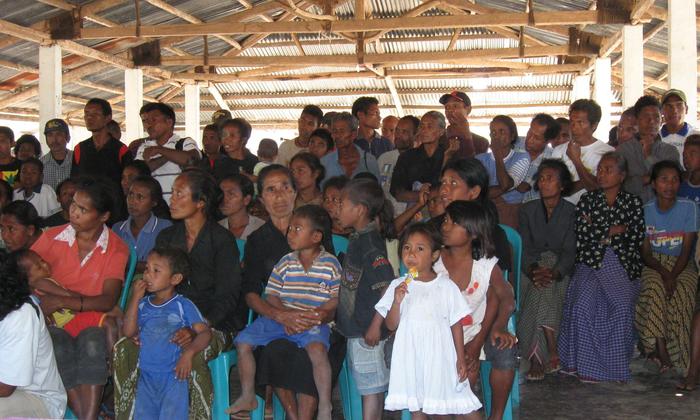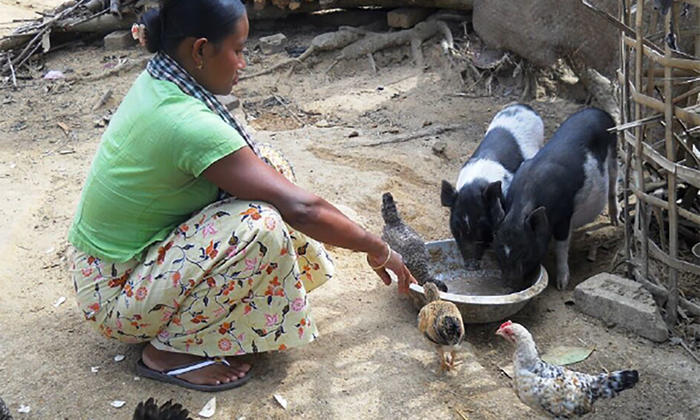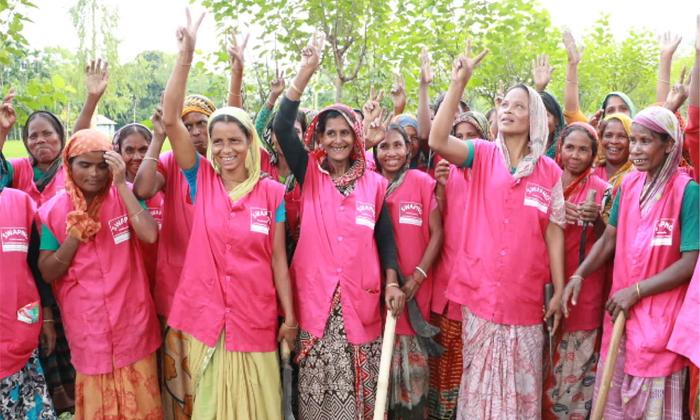4,651 women benefitted from Programme-supported centres for women survivors of violence
Case study
Multi-sectoral programme for the fight against gender-based violence in Morocco

SDGs ADDRESSED
This case study is based on lessons from the joint programme, Tamkine: programme for the fight against gender-based violence through the empowerment of women and girls in Morocco
Read more
Chapters
Project Partners

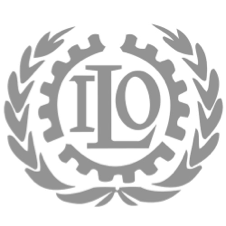


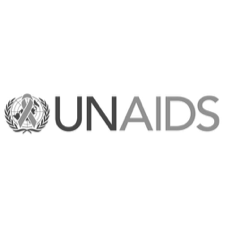


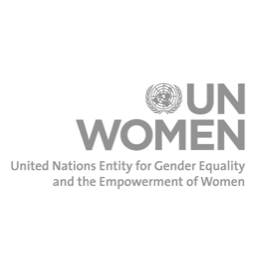
1. SUMMARY
“Tamkine” means empowerment in Morocco, and this was the key strategy through which the “programme for the fight against gender-based violence through the empowerment of women and girls” (the Programme) addressed violence against women (VAW). Taking a multi-sectoral approach, it joined together 13 national entities and over 50 NGOs. It aimed to prevent and protect women and girls from all forms of violence by addressing the inter-linkages between poverty and vulnerability.
The Programme gave women survivors of violence greater access to legal, psychological, social and economic support. Since 2008, 4,651 women have benefitted from Programme-supported centres for women survivors of violence. The number of counselling centres grew from 38 in 2008 to 52 in 2010. One example was the Batha Centre (the Centre), a multi-functional centre where women found a safe space for themselves and their children and were able to develop livelihood skills in confectionery, goldsmith art, cookery, etc. It was run by the association Initiatives pour la Protection des Droits des Femmes (IPDF — Initiative for the Protection of the Rights of Women). The Centre’s mission went beyond providing access to short-term care. It ensured support for women and their children and aimed to prevent the recurrence of violence by promoting gender equality through education, advocacy and awareness-raising programmes. It also aimed to offer improved access to quality services in terms of economic, social and political empowerment for women and girls.

2. THE SITUATION
Tamkine was created to advance the fight against VAW and facilitate women’s empowerment in Morocco. Progress had been hindered by the lack of protection mechanisms and institutional care for abused women and girls, the lack of regulations of interventions in the field of the fight against VAW and girls and social and cultural norms that propagated hierarchical roles of men and women and legitimized VAW.
In Fes, at the time of the Centre’s creation, seven out of ten married women were victims of domestic violence. A total of 66.4 per cent of all women in the area had been victims of psychological violence, 49.5 per cent of physical violence, and 26.7 per cent of sexual violence1. This situation was exacerbated by the lack of state structures to care for and empower women in crisis. The existing multifunctional Centers were suffering from lack of a clear institutional vision regarding their implementation, intervention strategies and role in women’s empowerment.
The Centres’ interventions were hindered by the implementation of Law 14/052 regarding the conditions to open and run establishments of social protection (EPS — Etablissements de Protection Sociale), because the law only took into account abandoned children, women in a situation of family abandonment or exclusion, elderly people without any support and the disabled. Centres for women survivors of violence were not fully considered under the law, resulting in an unclear institutional mandate. IPDF and its partners had to define the mission and organization of the Batha Centre and re-define its services to ensure that women survivors of gender-based violence (GBV) and their children had access to quality services, while respecting Moroccan law.
1 ‘Modélisation du Centre multifonctionnel Batha pour l’autonomisation des femmes victimes de violence basée sur le genre’
2 Law 14/05

3. STRATEGY
The Programme in Morocco had to gather a large number of partners from various sectors and institutions. This gathering required the establishment of a governance structure that would facilitate this innovative cooperation as well as ensure the operationalization of the Programme.
To respond to the needs of women survivors of violence specifically in the Fes region, IPDF, in cooperation with its Moroccan government partners and United Nation agencies, set out to establish a multifunctional Centre able to provide survivors of GBV with immediate support (psychological, clinical, shelter) during crisis, as well as a set of services that would support longer-term recovery and empowerment. The fundamental premise behind the services provided at the Centre was change through empowerment.
The common strategy that was developed based on the overall objective enabled the provision of multi-sectoral services affording continuous care for women. The ensemble of services provided (admission, support, shelter, training and integration into the workplace) constituted a chain of services that was uninterrupted and guaranteed continuous care and support. It also linked to services available outside of the Centre, such as in hospitals, police stations, etc.
The Centre was based on three fundamental principles:
- A strict confidentiality policy ensuring security and privacy for the users.
- Physical separation between living, clinical, administrative and financial spaces.
- The women being the main actors in their empowerment.
The chain of services provided to women survivors of violence allowed them to escape crisis situations, and to gain practical skills and personal empowerment. The Centre provided integrated services that went beyond simply offering admission and support, such as trainings and integration into the workplace. These services supported women in becoming independent economic actors. Empowerment was not only the goal, but also the means to protect women against the recurrence of GBV. Support for these women along the empowerment process was possible thanks to the partnerships developed with both governmental and non-governmental organizations in the field, as well as UN agencies, each bringing their own capacities and specialties to the chain of services.
The Centre’s management also relied on a continuous strengthening of the staff’s capacities through trainings, and was directed by ‘research-action,’ which aimed to provide an updated diagnosis of the context and the issue of GBV, so that the intervention strategy established in partnership with state and association actors was adapted accordingly to be as relevant as possible.

4. RESULTS AND IMPACT
In 2009, the Centre offered shelter and care to more than 1,000 women. By January 2010, this number had almost doubled, with more than 1,900 women being welcomed at the Centre.
The Centre and its chain of services succeeded in raising awareness among the population about women’s rights and GBV. Radio was an important vehicle for this aspect of the programme. With the support of UNESCO, various communications materials such as posters, pamphlets and flyers were produced. Trainings to strengthen Batha Centre’s staff communication capacities were also organized.
Partnerships, especially with institutional partners such as the Ministry for Solidarity, Women, Family and Social Development (MDSFS – Ministère pour la solidarité, la femme, la famille et le développement social) were consolidated, and the increased visibility of the Centre also led to better cooperation with key local actors, including the Police and other government actors. These partnerships were the keys to the sustainability of investments.

Programme beneficary
5. CHALLENGES
- Initially, the creation of the Centre faced challenges in terms of the cooperation of national institutional partners, as it was difficult to secure substantial institutional engagement. A challenge was identified in communicating a clear vision of the Centre’s mission to the partners. However, participation was eventually ensured through the signing of cooperation agreements.
- The initial Programme design did not include the development of national skills as a strategic priority to assure the sustainability of the actions initiated by the Tamkine and to capitalize on its experiences and best practices. The programme was limited to the transfer of skills and ‘learning by doing’ to those directly involved in its implementation, without taking into consideration the development needs of national entities they represented.
- The cumbersome procedures associated with the multiplicity and complexity of operationalization and monitoring tools made it difficult to share them with national partners and for their replication in other programmes.
- No official action was taken, during the life of the project, to look into the feasibility of transferring operational modalities, procedures and instruments developed by the Tamkine to national entities as well as into developing strategies to ensure such transfer.
- The non-use of new information and communications technologies for optimizing and disseminating the Tamkine experience. Sharing of best practices was challenge. Creating a Hub or a knowledge management platform at the national level would have facilitated the dissemination of this experience and replication.
- The lack of an evaluation programme. The system in place was geared more towards achieving and measuring results at the operational level rather than at the social and human impact level. The Programme had a major impact on beneficiaries which unfortunately could not be measured accurately, in the absence of monitoring tools and indicators to measure its achievements, for example, in terms of people trained, by age, sex, region.
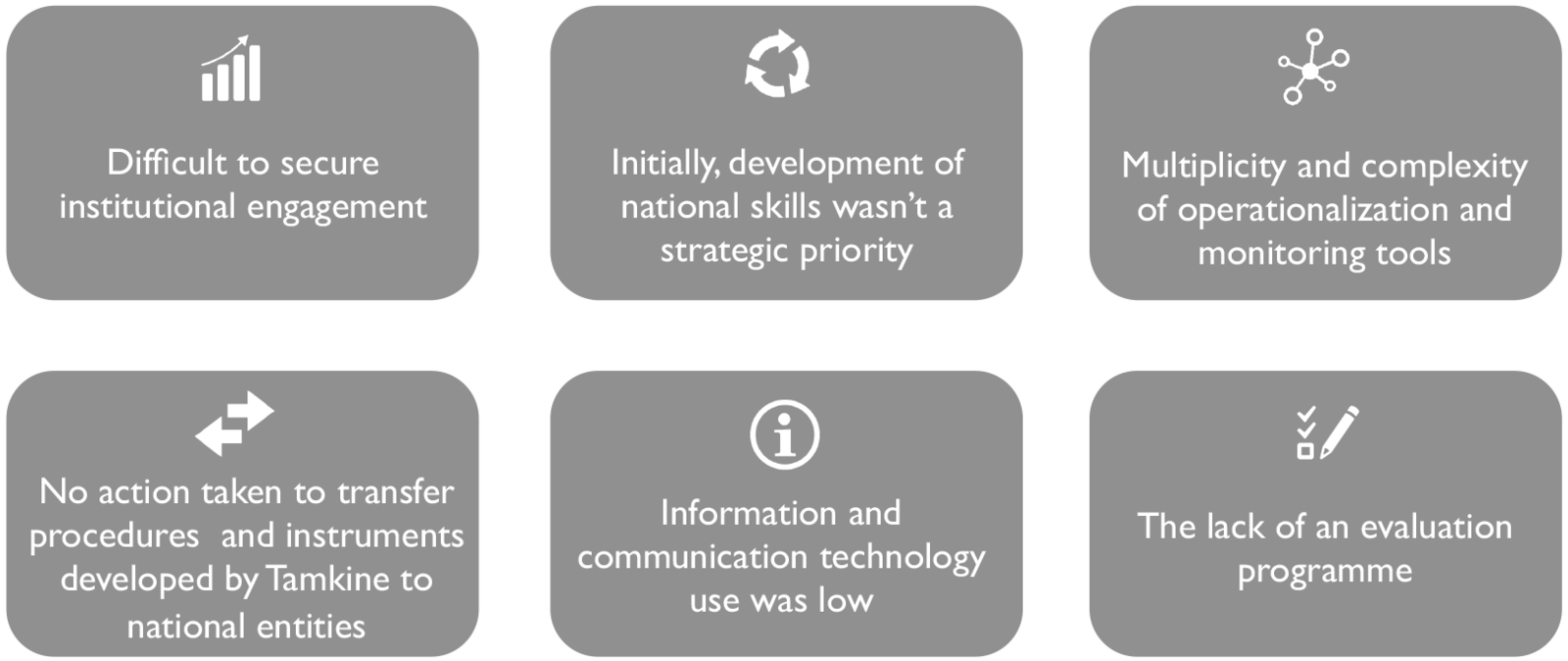
6. LESSONS LEARNED
- The partnership with Morocco’s national institutions was central to the success of the Centre’s strategy to fill the institutional and legal void regarding care for women survivors of GBV. These ‘contractual-partnerships’ ultimately legitimized and facilitated the implementation of the Centre’s services, guaranteeing governmental support for the Centre, particularly in the fiscal sense.
- Importance of the fundamental rights of women: considering the survivor of GBV as an autonomous person, avoiding her re-victimization and allowing her to be the actor of her own empowerment process.
- Importance of the implementation of a confidentiality policy in any structure that supports women survivors of GBV.
- Importance of strong partnerships with the public sector, particularly actors specialized in trainings and professional integration. Importance of partnerships in general and of coordination with all the actors along the chain of services, from admission to workplace integration.
- A participatory process with consultations of all the actors involved during the Programme’s conception allowed for more sustainable results.
- The Programme participants must be represented in all bodies.
- If the project covers multiple regions, its governance bodies must not all be located in one place. Decentralization gave voice to the local actors and decision-makers and helped to avoid a homogenization of responses to different needs.
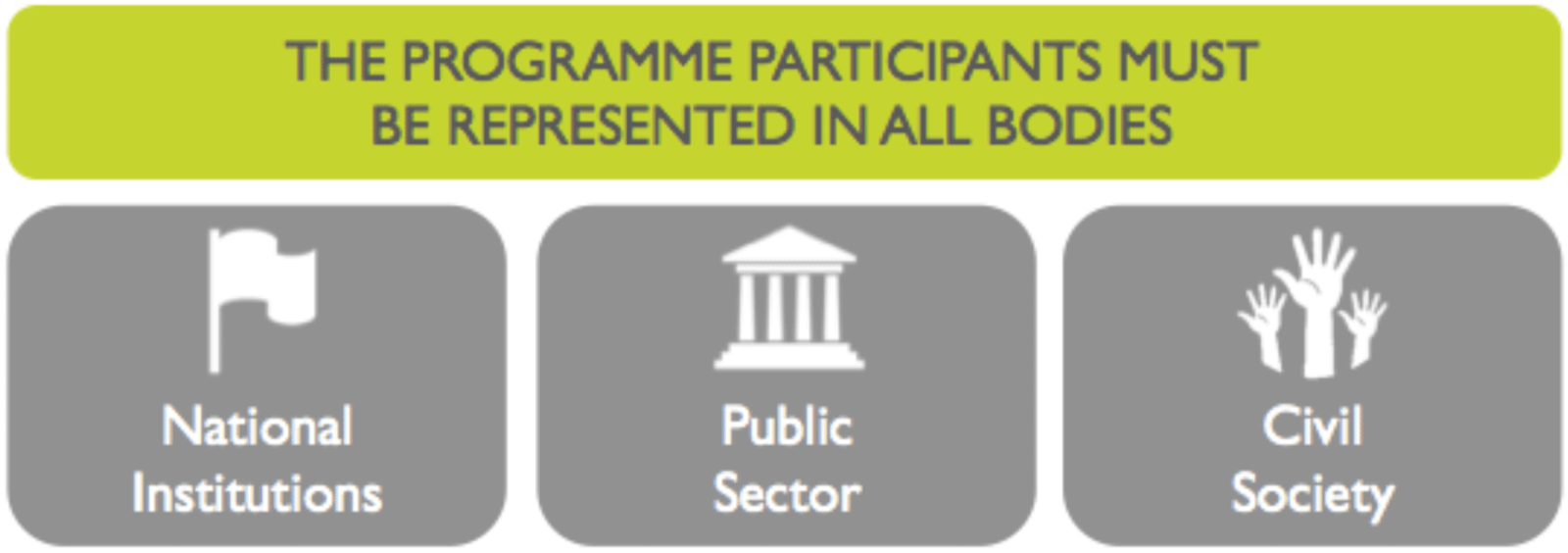
7. SUSTAINABILITY AND POTENTIAL FOR REPLICATION
The Conventions agreed upon and signed by IPDF and the Wilaya guaranteed official state support to the Centre for five years. The sustainability of the Centre’s work is also supported by the use of tools and manuals that were developed, such as the Manual of Procedures and the Communications Plan.
During Phase II of the Programme, a concept note involving six agencies was written and sent to the United Nations Trust Fund to End Violence against Women in April 2012. As Tamkine came to an end, action was taken to keep some elements of its coordination structure. An inventory of actions that pursue Tamkine’s initiatives was being prepared.
This initiative could be replicated in other places, as long as it is adapted to the institutional and organizational local environment. The Batha Centre is a good model to follow for adaptation in new contexts. Reproducing this experience also requires a partnership between the public sector and civil society in order to ensure that services are provided up to the point when the women are equipped to integrate into the workforce.
3 Second-level administrative subdivisions of provincial governments.

Programme beneficary weaving tent
Reproducing the Tamkine experience would require a partnership between the public sector and civil society to ensure that services are provided up to the point when the women are equipped to integrate into the workforce

